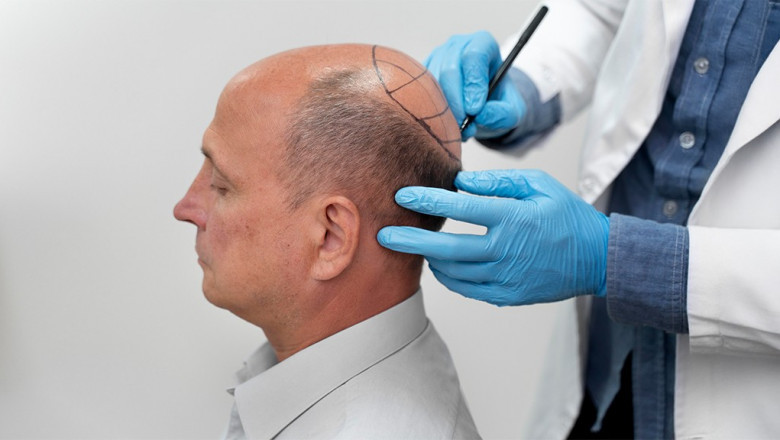views
hair transplant treatment
Hair loss can be a distressing experience, affecting self-esteem and overall appearance. Fortunately, modern hair transplant techniques provide an effective and long-lasting solution. Whether caused by genetics, aging, or medical conditions, hair transplants offer natural and permanent results. Let’s explore the procedure, benefits, and what to expect from a hair transplant.
What is a Hair Transplant?
A hair transplant in Islamabad is a minimally invasive surgical procedure that moves healthy hair follicles from one part of the scalp (the donor area) to areas experiencing baldness or thinning (the recipient area). The goal is to restore hair growth naturally, improving both density and hairline structure.
Types of Hair Transplant Procedures:
1. Follicular Unit Extraction (FUE):
FUE involves the extraction of individual hair follicles from the donor area and implanting them into the balding region. This technique is less invasive, leaves minimal scarring, and ensures a quicker recovery time.
2. Follicular Unit Transplantation (FUT):
Also known as the strip method, FUT involves removing a thin strip of scalp from the donor area, dividing it into individual hair grafts, and transplanting them into the thinning areas. This method allows for a higher number of grafts in one session.
Benefits of Hair Transplant Surgery:
-
Permanent and Natural Results: Unlike temporary solutions, hair transplants provide lasting effects.
-
Minimal Maintenance: Once the hair grows, it requires no special care.
-
Boosted Self-Confidence: A fuller head of hair enhances self-esteem and overall appearance.
-
Cost-Effective in the Long Run: Unlike continuous treatments, a one-time hair transplant saves money over time.
The Hair Transplant Process:
1. Consultation and Evaluation:
A specialist assesses your hair loss, examines the donor area, and discusses your expectations to determine the best treatment plan.
2. Preparing for Surgery:
Local anesthesia is applied to minimize discomfort. The scalp is then prepared for the extraction and implantation process.
3. Extraction and Implantation:
Hair follicles are carefully harvested and implanted into the balding areas following the natural hairline pattern.
4. Recovery and Aftercare:
Patients may experience mild swelling and redness, but these subside within a few days. Post-procedure care includes avoiding sun exposure and following a gentle hair-washing routine.
Expected Results and Timeline:
-
1-2 Weeks: Initial healing with mild shedding of transplanted hair.
-
3-4 Months: New hair growth begins.
-
6-12 Months: Significant improvement with thicker, fuller hair.
-
1 Year+: Final results, with natural and permanent hair growth.
Who is a Good Candidate for a Hair Transplant?
-
Individuals with pattern baldness or hair thinning.
-
Those with a healthy donor hair supply.
-
People in good health without severe scalp conditions.
-
Those with realistic expectations regarding results.
Possible Risks and Considerations:
While hair transplants are generally safe, potential side effects may include:
-
Temporary redness, swelling, or itching.
-
Minor scarring in the donor area.
-
Rare cases of infection or delayed healing.
How to Maintain Your Transplanted Hair:
-
Use mild, sulfate-free shampoos to keep hair healthy.
-
Avoid excessive heat styling or harsh chemical treatments.
-
Maintain a balanced diet rich in vitamins and nutrients.
-
Follow the post-surgery care instructions for optimal results.
Final Thoughts:
A hair transplant is an excellent solution for those looking to restore their hairline and confidence. With advanced techniques ensuring natural and lasting results, this procedure offers a transformative experience. If you're considering a hair transplant, consult a professional to determine the best approach for your hair restoration journey.














Comments
0 comment